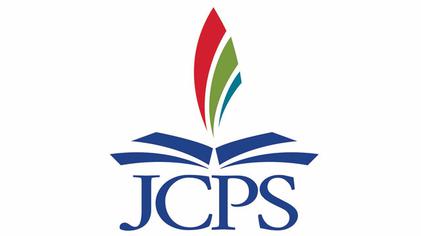
Jefferson County Public Schools promotes material pushing young children to choose their gender identity; provides resources to disrupt “the Western-prescribed nuclear family structure”
Incidents
Jefferson County Public Schools in Kentucky is an urban school district that has been plagued with an “achievement gap,” that its school superintendent said in a June 2021 interview needed a “lens on equity.”
Under “equity,” he said the school district would provide more resources to underachieving Black students.
Sept. 15, 2020 — The state Senate Education Committee asked for a briefing from the superintendent on what officials were doing “around racial equity.”
In this campaign to bring new “equity” programs to the school district, officials have brought indoctrination to students with issues not only touching upon race, but also gender and sexuality.
Aug. 17, 2021 — School district officials provided the Jefferson County Board of Education an update on their “racial equity policy,” including revisions to “improve academic outcomes for students of color.”
- The plan included an “equity screener” that “tracks and archives tangible evidence of staff (principals) who intentionally work toward fortifying and demonstrating racial equity.”
‘Diversity, Equity and Poverty’
- For example the school district promotes “monthly resources provided by the department of Diversity, Equity, and Poverty (DEI) for educators, families, and the community” on the school district’s home page. The statement links to a page that designates seven months out of the year to celebrate, including “Pride Month” in June. The school district states that the point of Pride Month is “showcasing the accomplishments of LGBTQ individuals and acknowledge the struggle for civil rights and the ongoing pursuit of equal justice under the law for the lesbian, gay, bisexual, transgender, and queer community.”
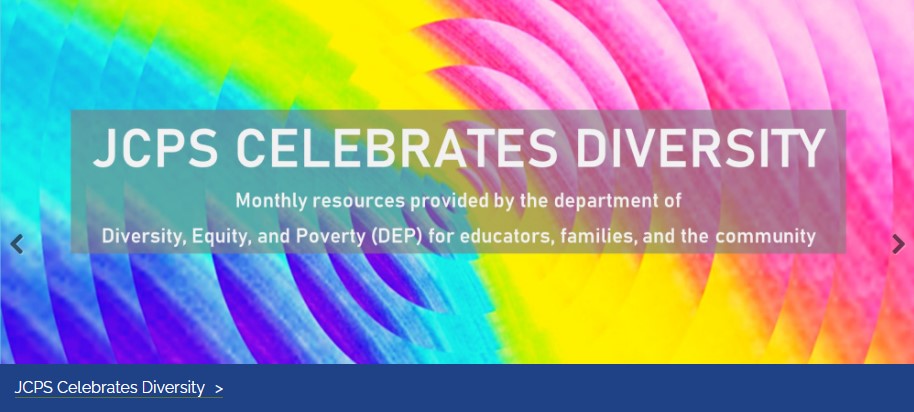
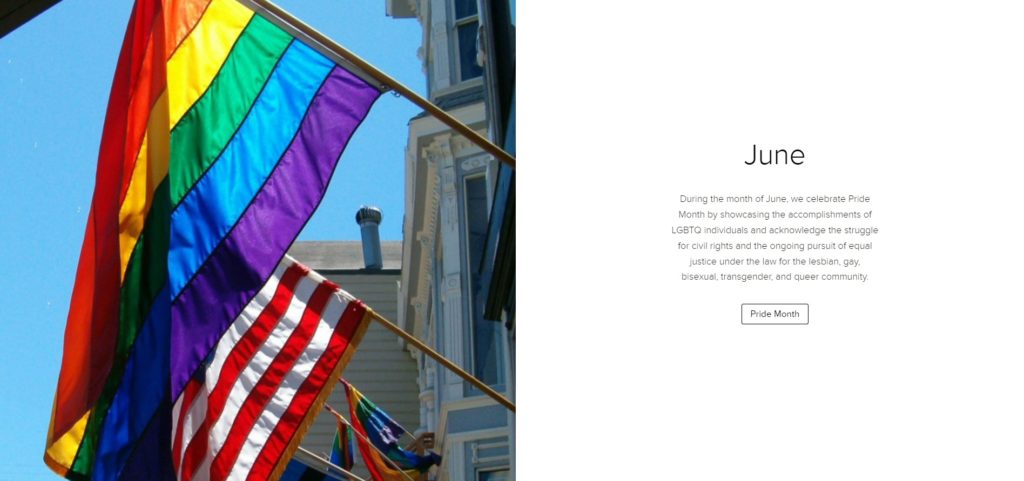
- The statement celebrating Pride Month then links to another page that provides resources to educators to implement LGBTQ material into classrooms. One resource is specifically labeled “Curriculum Resources” and offers material to teach students as young as in kindergarten.
- One curriculum resource offered links to material, promoting “Elementary Resources,” from a nonprofit organization, GLSEN, founded in 1990 by a group of teachers seeking to “protect LGBTQ students as well as students of marginalized identities,” with 43 chapters in 30 states, including Kentucky.
GLSEN states that “while many LGBTQ+-inclusive school supports begin in middle or high school, it is critical for elementary schools to establish a foundation of respect and understanding for all people.”
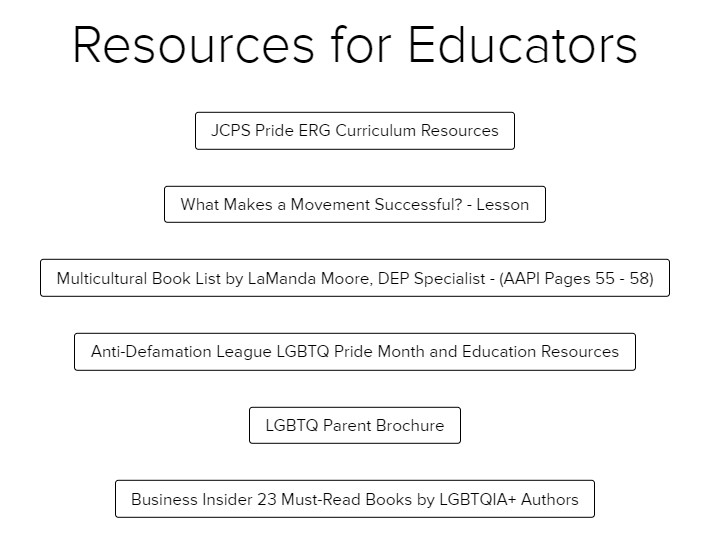
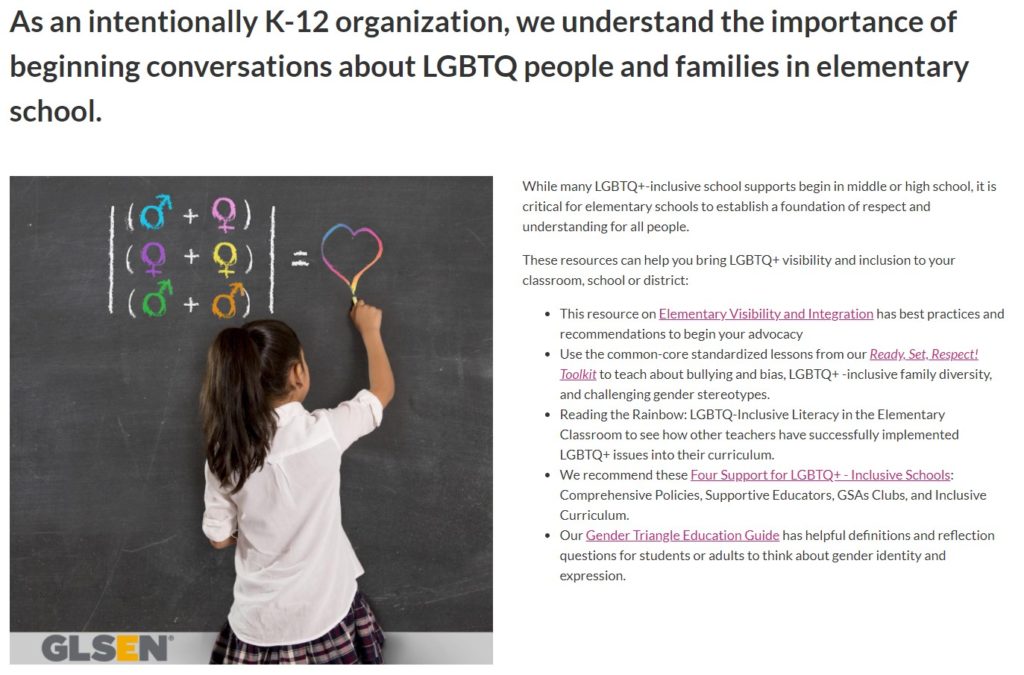
‘Gender Triangle’
- Another resource offered in “Curriculum Resources” links to a GLSEN page called the “Gender Triangle Education Guide.” The page promotes that children can pick their own gender identity and uses a diagram labeled “Secondary Bodily Characteristics” to make the organization’s point. The diagram has different categories called “hormones,” “chromosomes,” “gonads,” and “internal or external anatomy.” GLSEN states on the page that “everyone gets to decide their gender identity for themselves and this designation can also change over time.” The organization also appears to show its support for children to use “hormone replacement therapy”:
Upon birth, we are typically categorized into one of two genders (boy or girl) depending on how our genitals are read. Throughout our lives, however, our many bodily characteristics work together to create a unique path of development, causing some of us to grow really tall, and others to remain short, or some of us to grow hair under our armpits and legs, while others remain bare. While this development often happens on its own during puberty, this change can also be administered through medicine, such as hormone replacement therapy. Since our society often conflates our bodies (or genitalia) with our gender identity, it is critical that we allow space for people to self-identify.
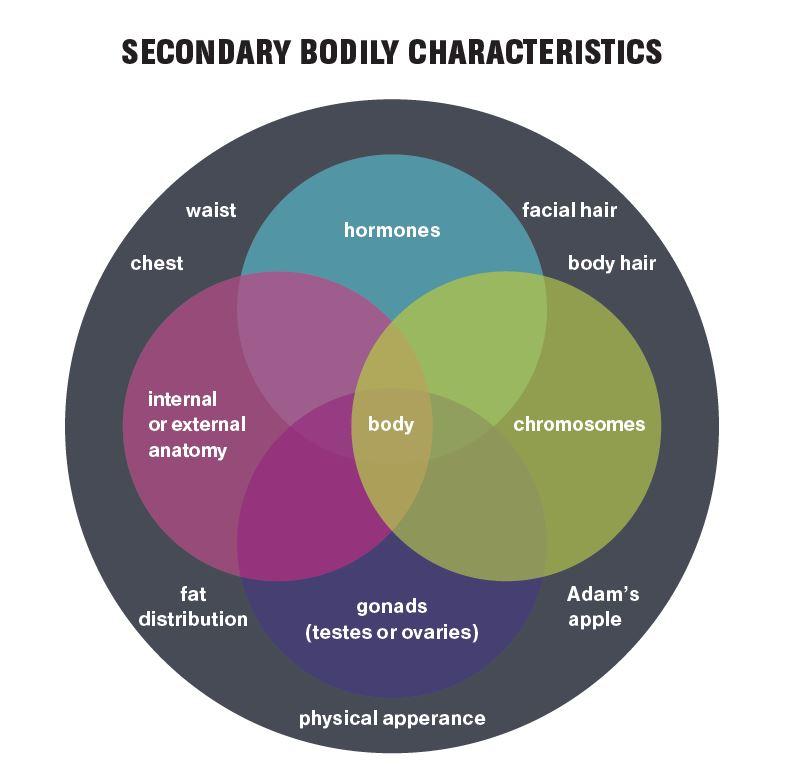
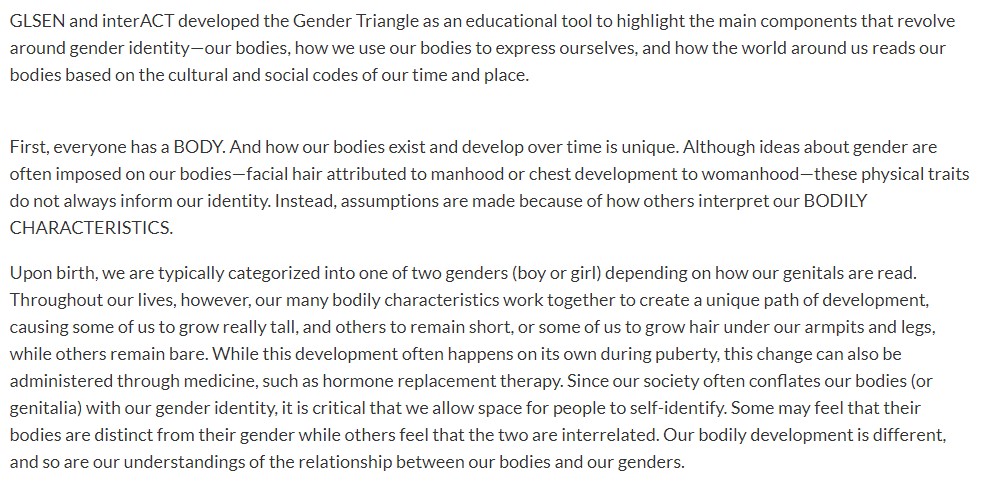
- The school district also offers a 34-page lesson plan for seniors titled “What Makes a Movement Successful?” in reference to the “LGBTQ+ Movement.” The lesson plan explains what makes a social movement successful. At one point, the lesson plan quotes former politician Harvey Milk in detailing that dialogue – whether it is positive or negative – is the key to changing people’s opinions:
In 1977, gay people had their rights taken away from them in Miami. But you must remember that in the week before Miami and the week after that, the word homosexual or gay appeared in every single newspaper in this nation in articles both pro and con. For the first time in the history of the world, everybody was talking about it, good or bad. Unless you have dialogue, unless you open the walls of dialogue, you can never reach to change people’s opinion. Once you have dialogue starting, you know you can break down prejudice. In 1977 we saw a dialogue start.
‘LGBTQ Parent Brochure’
- The school district provides a “LGBTQ Parent Brochure” that has definitions for “sexual orientation,” “gender identity,” “gender expression,” “gender non-conforming,” and “transgender.” The term “gender identity” is described as “a person’s internal sense of being male, female, or something else.” The term “gender non-conforming” is described as “a person whose gender expression differs from how his or her family, culture, or society expects them to behave, dress, and act.”
Gender Queer
- The school district also promotes an article from Business Insider titled “23 must-read books by LGBTQIA+ authors, from stunning memoirs to heartwarming romance novels.”
- One book on this list is Gender Queer. Business Insider explains that the author “uses e/em/eir pronouns” and “is both the author and the illustrator of eir optimistic and bright graphic memoir.”
- Another book on the list is titled Over the Top: A Raw Journey to Self-Love. Business Insider explains that the author of this book is Jonathan Van Ness, who “is most well-known for their bubbly, positive personality on ‘Queer Eye,’ constantly encouraging self-love.”
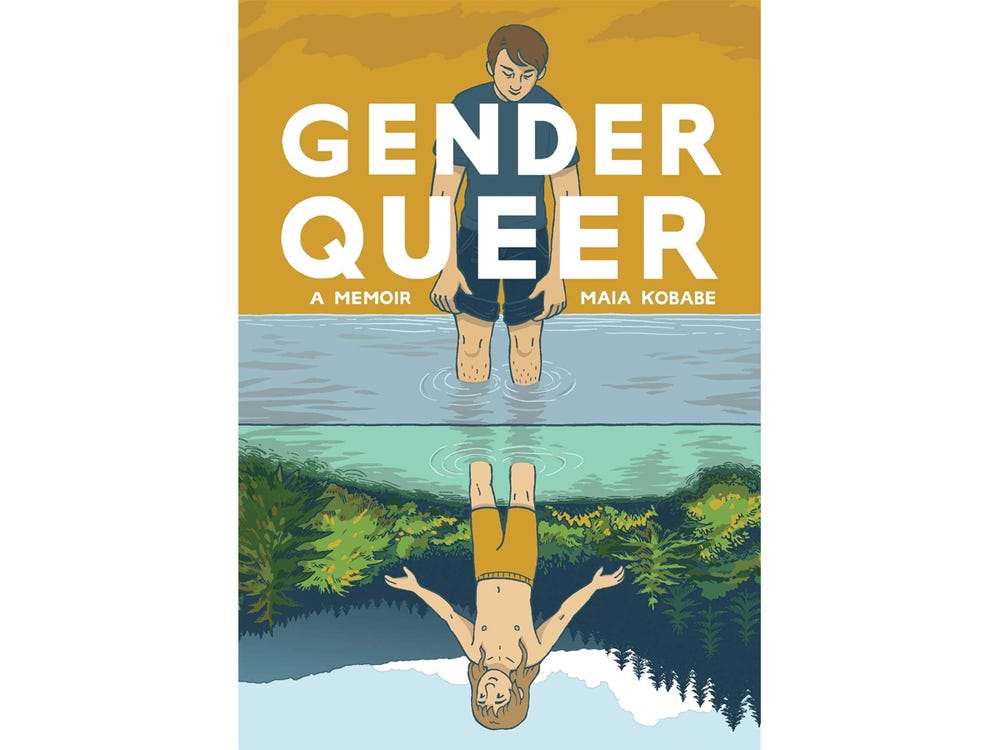

‘Anti-racist, culturally responsive pedagogies and practices’
- The school district also appears to use Black History Month to teach students about racial equity. The school district promotes a document for educators called “Honoring the Greatest Through City of Ali.” The document states that “within Jefferson County Public Schools, the Department of Diversity, Equity, and Poverty is committed to anti-racist, culturally responsive pedagogies and practices.” The document also states that “teachers intentionally plan lessons to ensure students understand how oppression and systemic racism influence knowledge and perceptions of knowledge.”
- The school district promotes the “Affirming Racial Equity (A.R.E.) Tool” in this document. This “Affirming Racial Equity Tool” is described as “a resource to begin incorporating more racially equitable pedagogy and practices into curriculum, instruction, and assessment.” The so-called “tool” is used by “teachers,” “academic instructional coaches,” and “principals.” Two of the components of the “A.R.E. Tool” for educators are “prejudice elimination” and “equitable pedagogy.”
- The document also uses Learning for Justice’s “Social Justice Standards.” Learning for Justice is an organization known for pushing educators to promote political ideologies in their classrooms.
- The organization’s “Social Justice Standards” include goals for educators to achieve with students. One goal is that “students will develop language and historical and cultural knowledge that affirm and accurately describe their membership in multiple identity groups.”
- Another goal appears to outright state that the purpose of these standards is to turn students into political activists: “Students will make principled decisions about when and how to take a stand against bias and injustice in their everyday lives and will do so despite negative peer or group pressure.”
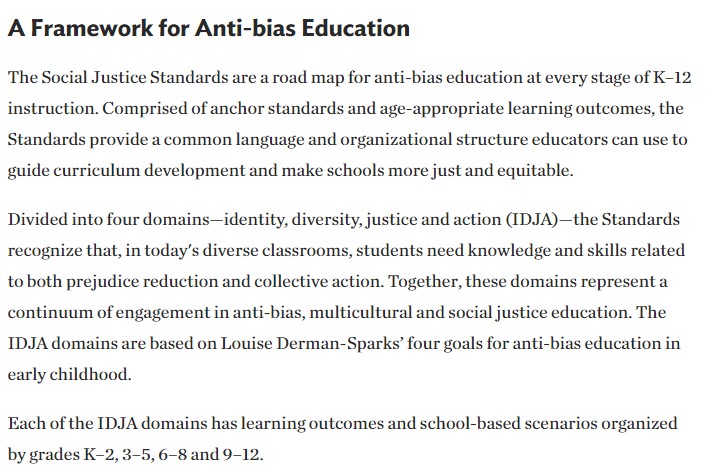
‘Affirming Racial Equity Tool’
- The “Honoring the Greatest Through City of Ali” document also links to another document titled “The Affirming Racial Equity Tool.” The “Affirming Racial Equity Tool” document states that a “teacher provides all students with the necessary background and historical context regarding bias, oppression, privilege, and/or systemic racism to purposefully engage in lessons.” The document also states that “the lesson’s materials allow students to position themselves within the content to affirm their racial identities.”
- The school district provides additional teaching material to use with the “Honoring the Greatest Through City of Ali” document. One piece of material is a research project that students should complete. Students are provided with several topics to research, including “Black Lives Matter,” “Movements for Equity,” and “Police Brutality.”
‘Teaching Black Lives Matter’
- The school district promotes a resource called “Social Studies Black History Month Resources” on its Black History Month page. Two categories in the resource are titled “Why teach Black Lives Matter in schools?” and “How do we center Black LGBTQ experiences?” Each category links to more resources to assist educators in teaching Black Lives Matter and “Black LGBTQ experiences” to students.
- Under the Black Lives Matter category, a resource offered is called “Resources for Educators: Middle and High School.”
- An additional document attached to this resource is labeled “Trans-affirming queer affirming collective value” and promotes themes for the Black Lives Matter week of action. The theme for one day in this week of action is titled “Queer Affirming, Trans-Affirming, Collective Value.” The document states that the school district is “committed to fostering a queer‐affirming network” and “committed to embracing and making space for trans brothers and sisters to participate and lead.” The document also states that “we are committed to disrupting the Western-prescribed nuclear family structure.”
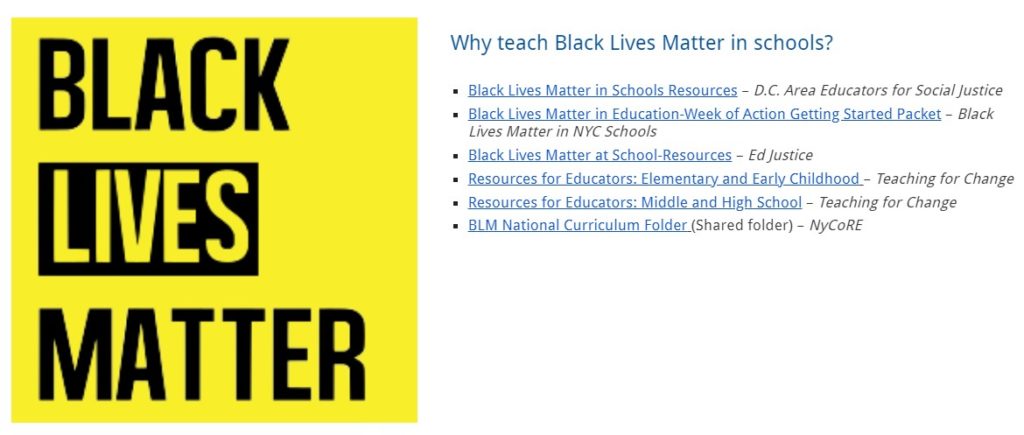
- Another resource under the Black Lives Matter category is labeled “Black Lives Matter in Schools Resources” from the organization D.C. Area Educators For Social Justice. The resource links to a page for “D.C. Area Educators for Social Justice,” that provides material for educators to teach about the Black Lives Matter movement to students.
- This page provides additional resources, such as “13 Guiding Principles of the Black Lives Matter Movement” and “Lessons and Resources for Middle and High School.”
- The “Lessons and Resources for Middle and High School” resource shares lesson plans titled “Resistance 101: A Lesson on Social Justice Activists and Strategies” and “People’s History Lessons from the Zinn Education Project.”
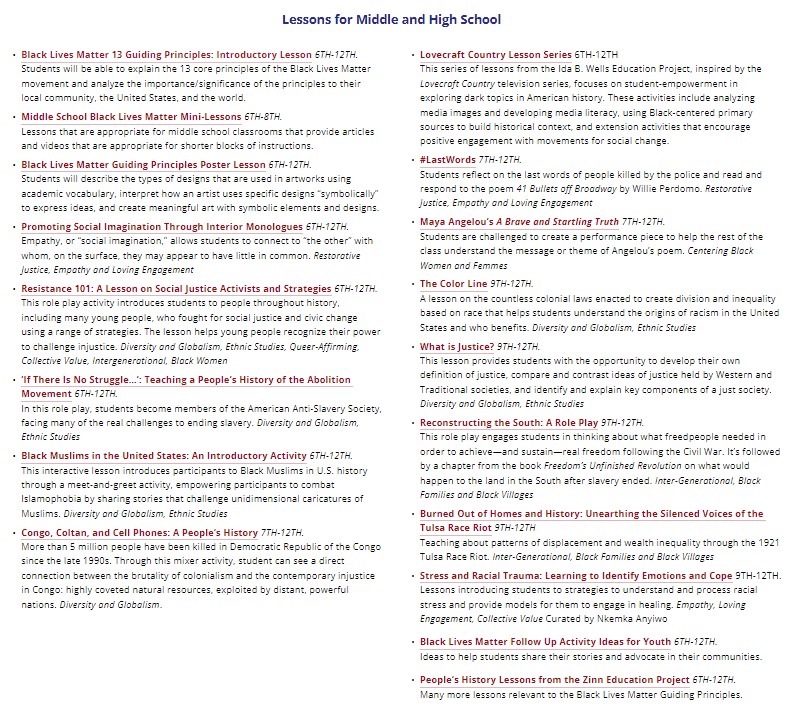
- Under the “Black LGBTQ experiences” category, one resource is called “Black LGBTQ History: Teachers Must Do a Better Job” from Learning for Justice. The resource is an article that calls out teachers for a perceived negligence of leaving “black LGBTQ people” out of Black History Month. The article states:
Social studies curriculum is not the only discipline in which black LGBTQ people should be highlighted. English teachers need to deepen their reservoir of black authors to disrupt single stories and expand students’ understandings of intersectional identities. Jacqueline Woodson’s The House You Pass on the Way and After Tupac and D Foster are excellent young adult pieces that explore the intersection of race and sexuality in nuanced and powerful ways.
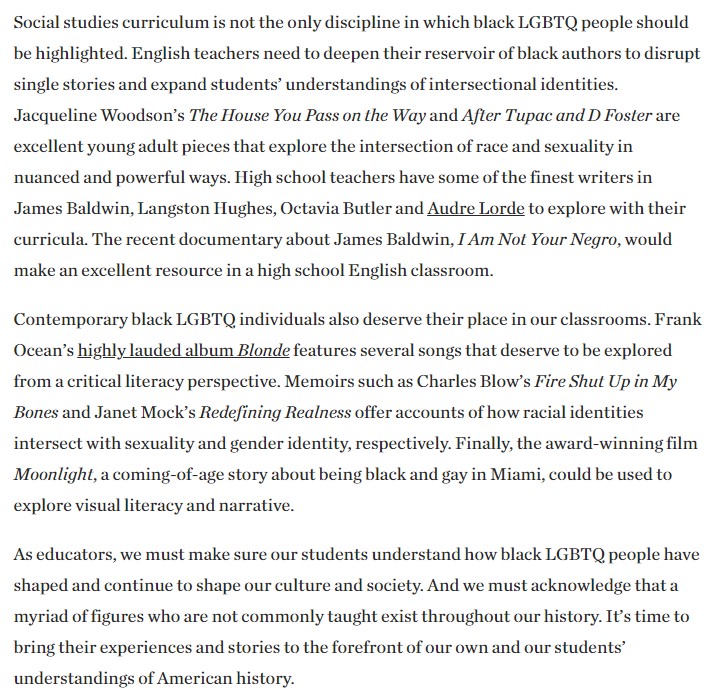
- Another resource under the “Black LGBTQ experiences” is labeled “Supporting Black LGBTQ Students” from GLSEN.
- The resource features a GLSEN report, “Erasure and Resilience: The Experiences of LGBTQ Students of Color.” The executive director of the National Black Justice Coalition states in the report that “educators do God’s work” before adding “educators, parents, caregivers and other concerned adults must pay particular attention to the needs of students who live at intersections — students who are uniquely impacted by racism and homophobia because they are both Black and LGBTQ+ or same gender loving.”
- The report concludes that educators should “increase student access to curricular resources that include diverse and positive representations of both Black and LGBTQ people, history, and events.” The report also concludes that educators should “work to address the inequities in funding at the local, state, and national level to increase access to institutional supports and education in general.”
‘Anti-Racist Children’s Books’
- The school district promotes an “Anti Racist Children’s Books” list on its Black History Month page.
- One book on the list is When Aidan Became a Brother. The book is about a young girl who transitions to a boy. The description of the book explains that “after he realized he was a trans boy, Aidan and his parents fixed the parts of his life that didn’t fit anymore, and he settled happily into his new life.”
- Another book titled I Dissent: Ruth Bader Ginsburg Makes Her Mark appears to be outright political. The description of the book states that “Supreme Court Justice Ruth Bader Ginsburg has spent a lifetime disagreeing: disagreeing with inequality, arguing against unfair treatment, and standing up for what’s right for people everywhere.”

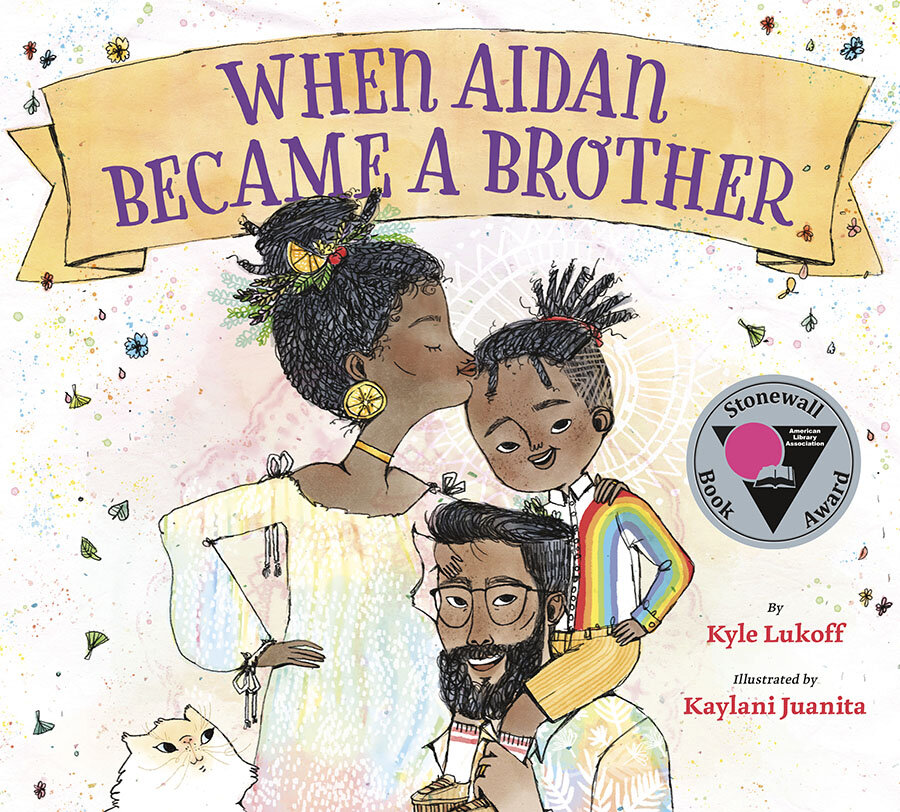
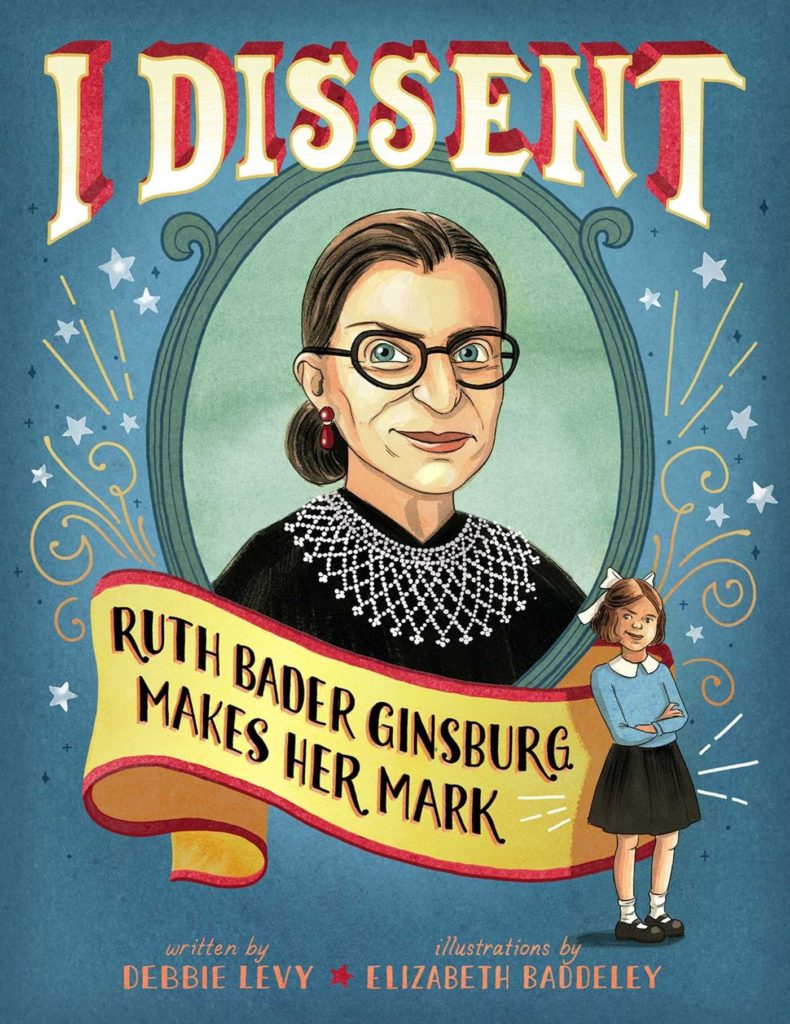
‘Woke Baby’
- The school district also promotes another list of books called “Children’s Books by Black Authors.”
- One book on this list is titled Woke Baby. The book’s description explains that it is “for all the littlest progressives, waking up to seize a new day of justice and activism.”
- Another book on the list is titled All Boys Aren’t Blue. The book’s description explains that it “covers topics such as gender identity, toxic masculinity, brotherhood, family, structural marginalization, consent, and Black joy.”
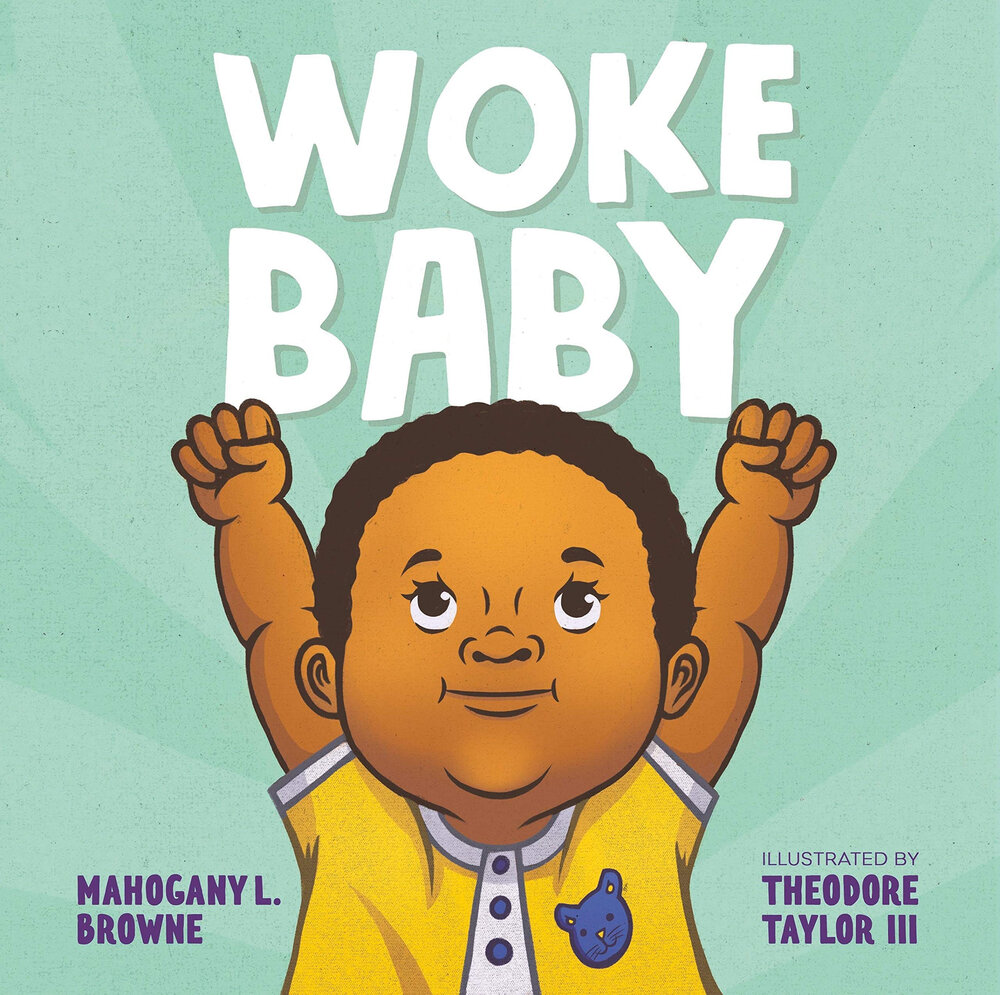

- The school district issued a “Racial Equity Policy” that states, “Students of Color (i.e., students who have a racial identity other than White) have been disadvantaged by long-standing inequities in our society, the causes of which are multi faceted, and reflect historical, social, and institutional factors.” The policy continued to state that “the Superintendent shall prepare and submit to the Board for approval, a System-wide Racial Educational Equity Plan (system-wide plan) that contains strategies for achieving and maintaining racial educational equity for all students.”
- The policy explained that the school district will “eliminate or alter school and District procedures and practices that create systemic racial disparities in educational opportunities and outcomes, including, but not limited to, disciplinary practices, identification of students for special education services, and access to programs and courses for enhanced or accelerated learning.” The district also planned to give “mandatory” training for staff that “provides teachers with knowledge and tools to provide students with ongoing opportunities to understand racial identity and its impact.”
- The school district has a “Diversity, Equity, & Poverty Programs Division” page that provides additional resources on what the district is doing to achieve equity for staff and students.
- The page links to a website called Justice Now that states: “Louisville is our Classroom. Justice is our Curriculum.” The website also appears to state that its goal is to turn students into activists by stating “Justice Now will empower students ‘to be the change.'”
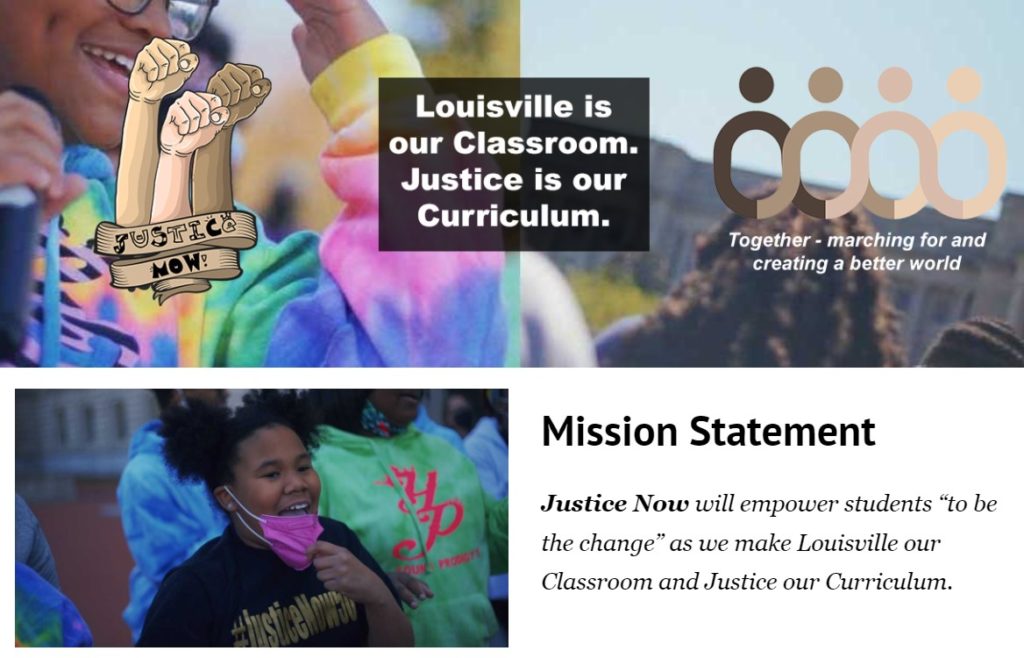
- The school district also provides “Diversity and Equity Resources.”
- One of these resources links to an outside website that provides additional resources on how to implement equity into math. Some of these resources are called “Gender Equity into Math Reform,” “Radical Math,” and “Race at the Center.”
- Another resource on the school district’s website is called “Social Justice Books” and links to a list of books with categories including “Gender Identity,” “LGBTQ+,” and “Racial Identity.”
- Some of the books in the “Gender Identity” category like I am Jazz and Jack (Not Jackie) appear to support young children transitioning to another gender.
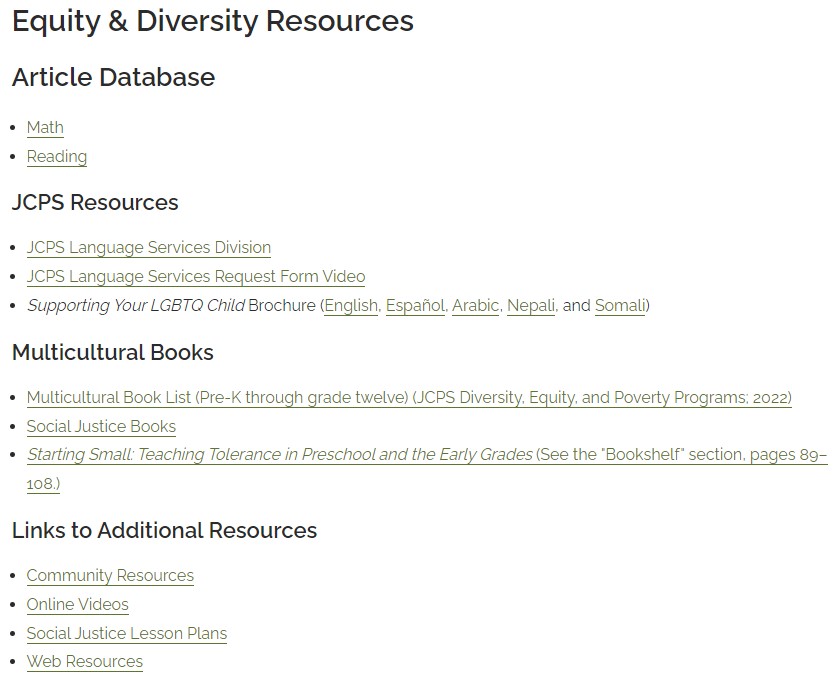
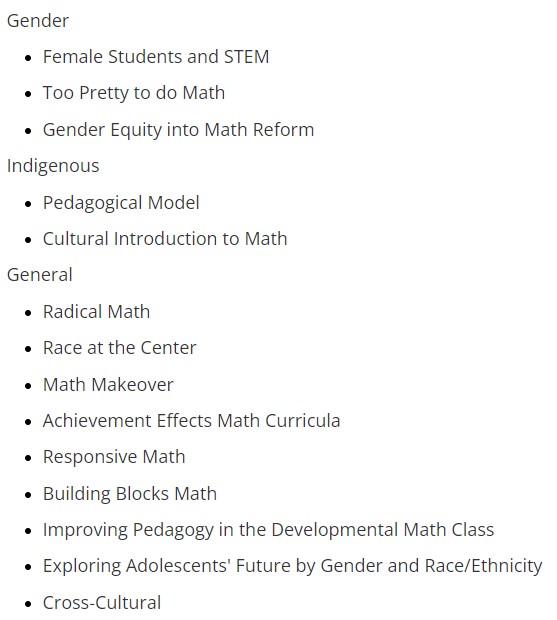

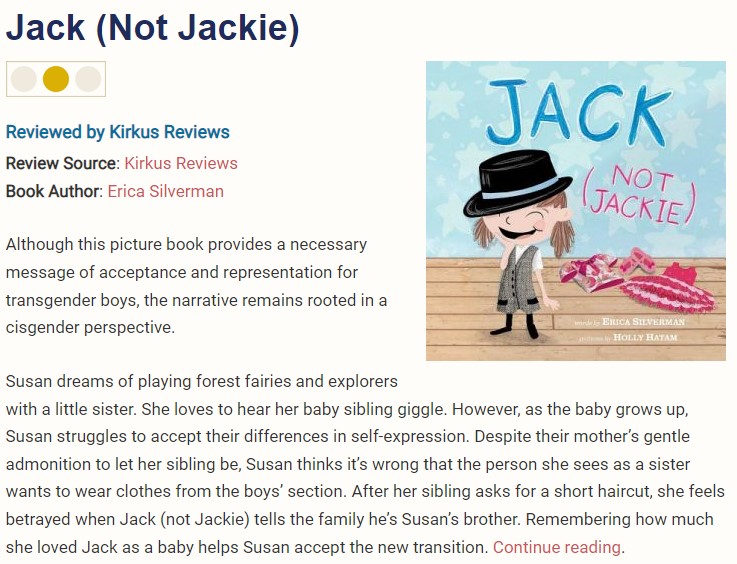
‘Social Justice Lesson Plans’
- Another resource that the school district links to is called “Social Justice Lesson Plans.”
- Categories in this resource include “Examining White Privilege,” “Social Responsibility,” “Confronting White Supremacy,” “Police Shooting Handout,” “Gender Roles and Bias,” “Nativism,” and “LGBTQ Inclusive Curriculum.”
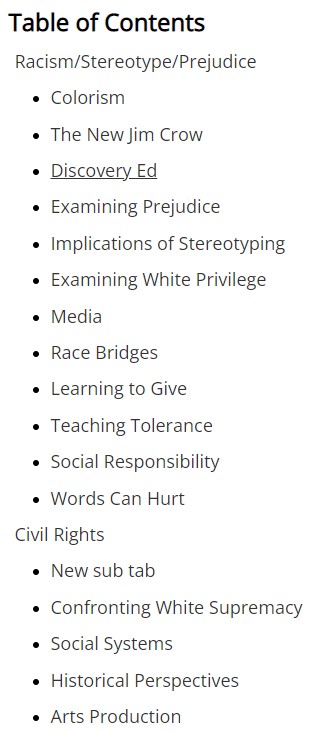
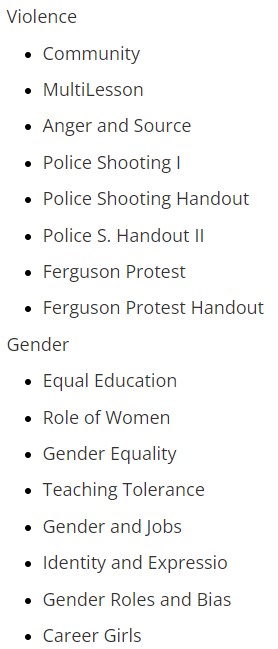
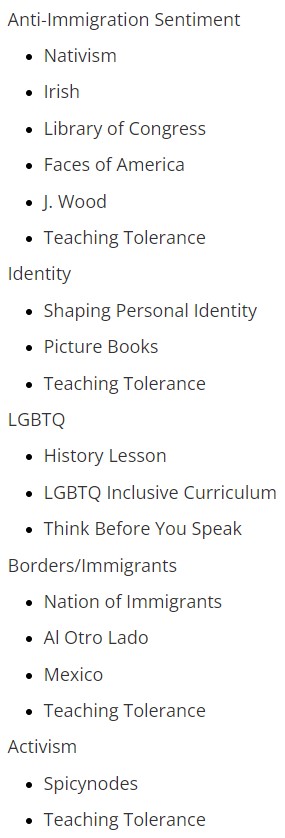
- Before August 2021, the school district published a calendar, “Battery of Opportunities,” detailing the events of the 2021-2022 school year, starting in August 2021 and running through March 2022.
- On Aug. 18, 2021, the calendar advertised an event, “Revisioning History in JCPS.” The event description said “participants will learn about counter narratives and histories of underrepresented groups of people to modify their understanding of curricular materials and pedagogy to achieve racial equity in their classrooms.”
- The Sept. 1, 2021, event on this document was “Creating Inclusive Spaces: LGBTQ Early Childhood/Elementary Classroom.” The event description said that “this session provides research on LGBTQ+ at the elementary level, discusses theories related to development and gender identity, and looks at the impact of language in the class space.”
- The school district has a “Curriculum Framework“ page that features a category called “Developing Black Historical Consciousness.” The category links to a document that states “to describe Black historical consciousness is to alter our ideology and redefine Black history as well as to seek alternative principles designed to effectively explore the humanity of Black people and dismantle white epistemic historical logic that has dominated much of K-12 official social studies policy.”
- The document also explains that the school district intends to implement “Social Justice Education” in what appears to be an attempt to turn students into political activists. The document states that “Social Justice Education develops keen awareness, knowledge, and processes to examine issues of justice and injustice, and to connect analysis to action, develop a sense of agency and commitment as well as skills and tools for collaborating to interrupt and change oppression.” The school district appears to use the document as a guide for educators to teach students “equity” and “antiracism” in classrooms. The document is 89 pages total.
- On its website, the school district promotes three pillars with one pillar being “Racial Equity.” The school district explains that it is “elevating our focus on equity by implementing the newly adopted racial equity policy.” The district then explains that this policy “was created to address the needs of students traditionally underserved and ensure that our own workforce is as diverse as the community we serve.”
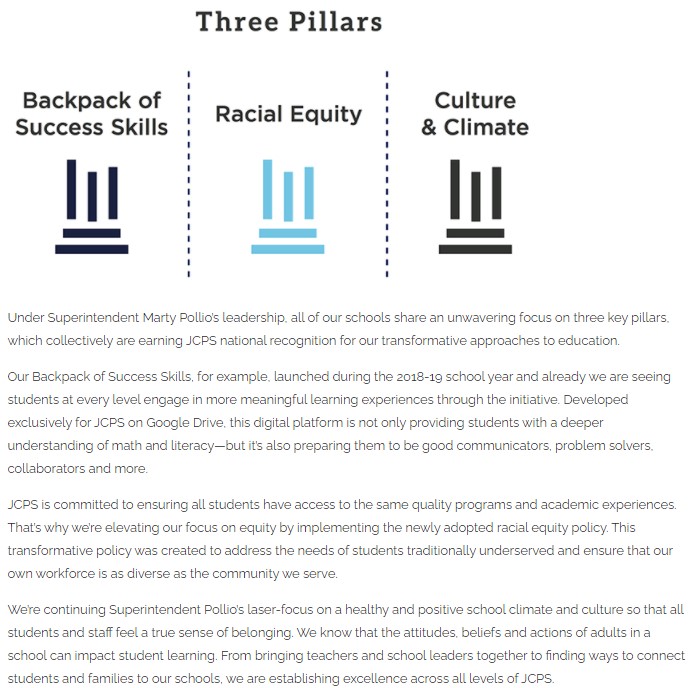
History
- Nov. 25, 2013 — “Envision Equity Summit Presentation” released, stating: “The goal of the JCPS Envision Equity report is not to reach a conclusion; rather, it is to raise the collective level of awareness about equity and access within our institution and, more importantly, provide the evidence necessary to support institutional changes in culture, practice, and policy.”
Stay Informed
